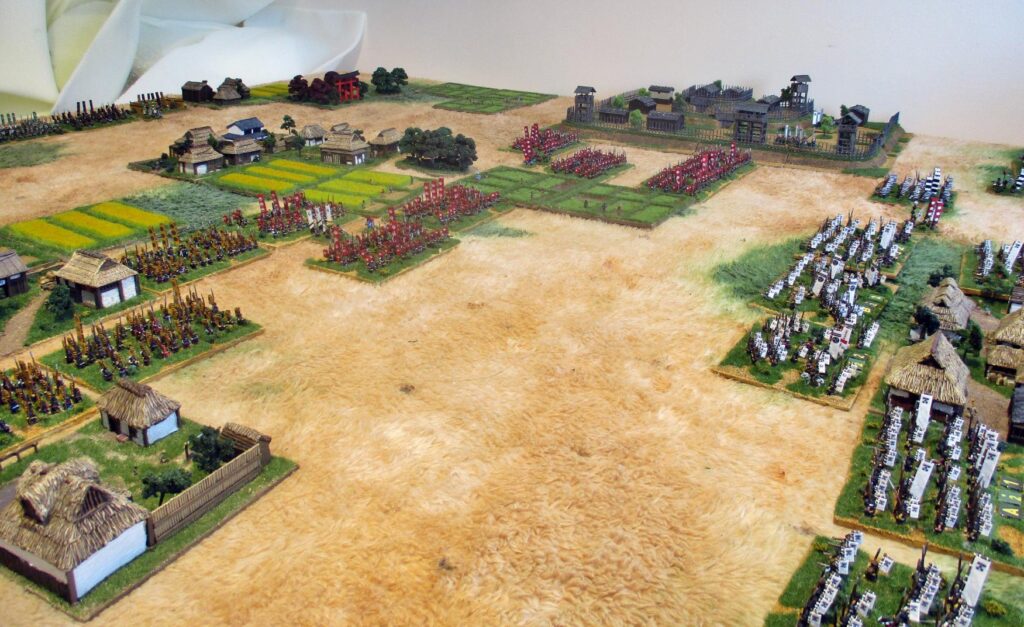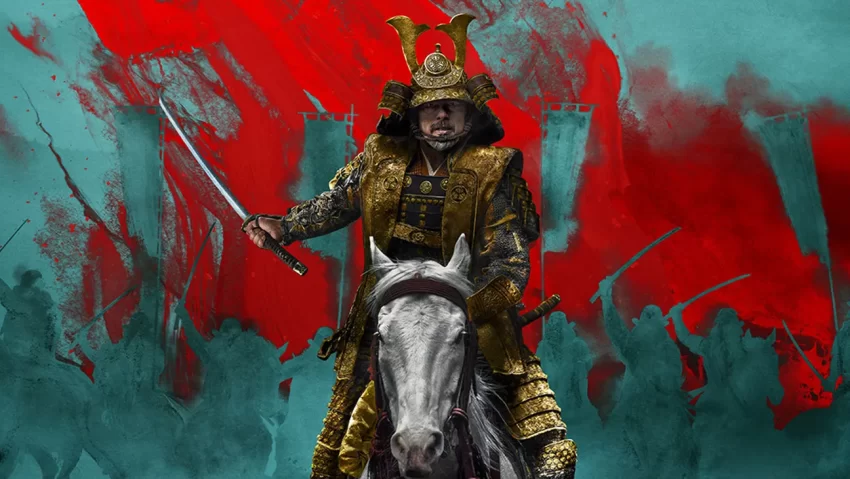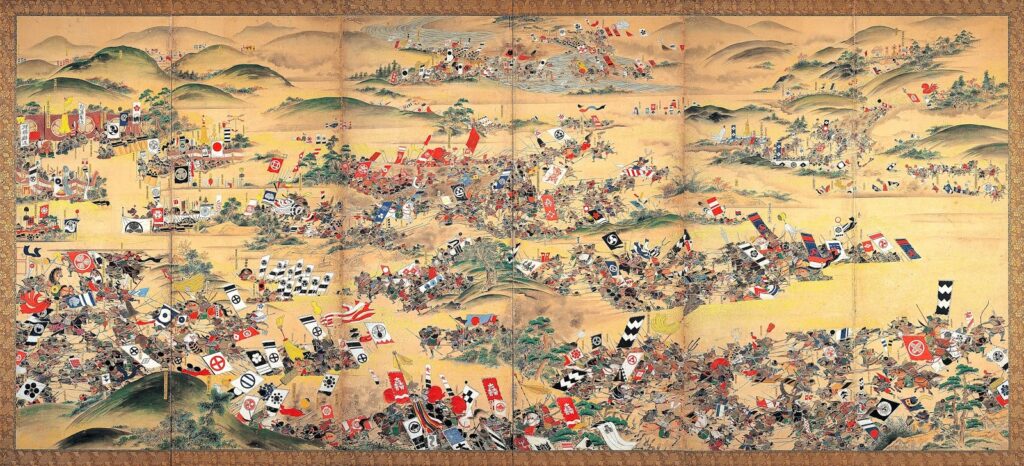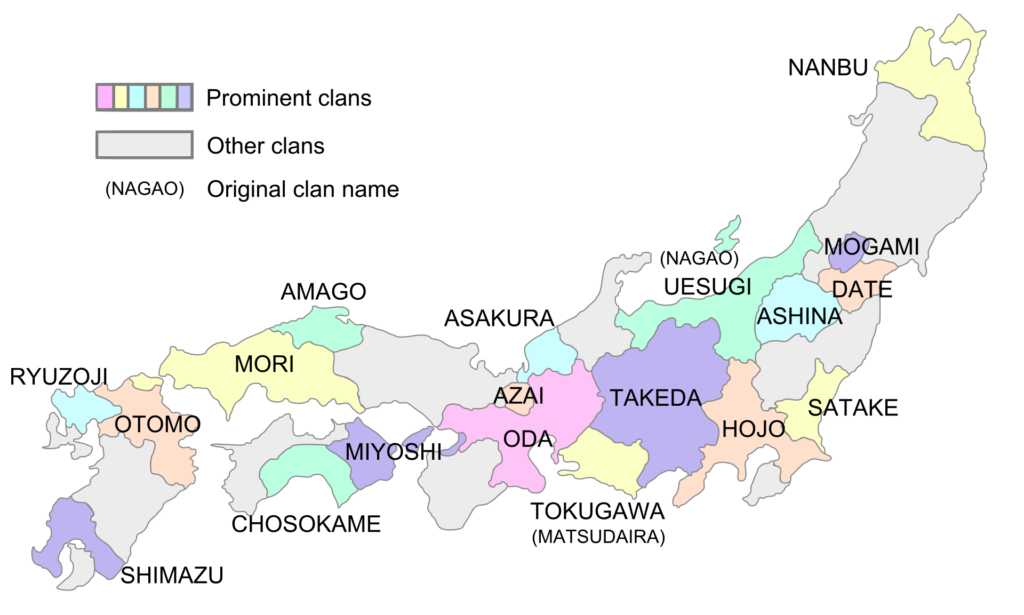Y’all are watching Shogun, right?
FX’s Shogun is a limited series based on the 1975 book of the same name by James Clavell. They are both awesome and you should check them out. It takes place at the dawn of the 17th Century and the close of the Sengoku or “Warring States” period in Japanese history. Incidentally, this is also when Shogun and Shogun II: Total War are set. That’s right, the original title that started it all and one of it’s very best sequels are set in this period. So what makes it such fertile ground for drama and wargaming?
Well, the EXTREMELY condensed version is that Japan had split into a bunch of different clan states that were constantly allying, betraying and warring on one another. The Emperor was basically just a figurehead and had been for centuries; Think of the current monarchy in England. The true ruler of the land was the Shogun, who was a military dictator; Think the US President but his job description is only the military stuff. By the mid-15th Century the Shogunate had become increasingly weak and ineffective at keeping the peace between feudal lords (Daimyos) and putting down peasant uprisings. In 1600 there is no Shogun, just a council of five of the most powerful lords, who all hated each other and want to make themselves Shogun.
Just look at that map. It’s not hard to understand why this is a great Total War setting. But that’s not all, the armies are pretty great, also! Samurai are the medieval knights of the period. They are highly trained, heavily armored warriors that fight with a variety of weapons, mounted or dismounted. They have an incredibly intense code of honor (Bushido) and an idealized view of honorable death. I guess you could think of them like Viking knights, but don’t because I just did and I’m trademarking that!
Ashigaru made up the larger portion of armies in this period. They are somewhere between feudal levies and household troops. They could be armed and armored in a large variety of ways, and were generally less well trained and reliable than Samurai. Matchlock Guns (arquebuses) were introduced in the mid-16th Century by the Portuguese and were carried by Ashigaru and Samurai alike. Japanese armies began to resemble European pike & shot armies, though field artillery was nowhere near as common; blocks of soldiers with long spears protecting mobile arquebusiers from cavalry and heavy shock infantry waiting for a good opportunity to charge. Oh, and throw in some warrior monks for spice!
The battles fought by these armies could be huge in scope and scale. Tedorigawa (1577) had approximately 80,000 combatants, more than the Battle of Breitenfeld (1631) during the Thirty Years War. The Battle of Sekigahara (1600) had nearly 200,000 combatants, more than any battle in the American Civil War. What this means for the wargamer is that this period can accommodate everything from 28mm skirmishes, all the way up to grand strategy level games, and they are out there!




Feudal Japan is a wargamer’s paradise, and it’s crazy that it’s not on the forefront of every gamer’s mind. GW has done a very good job of making itself synonymous with sci-fi and fantasy wargaming, but when 2.5 people every year think of Historical Wargames they probably think of WW2, Napoleon, and third place is a toss up between the (American) Civil War and anything medieval. This is bonkers to me, and it should be to anyone else who enjoys wargames.
Do you play any Feudal Japanese wargames? What’s your favorite? Let us know in the comments!
And remember, Frontline Gaming sells gaming products at a discount, every day in their webcart!





